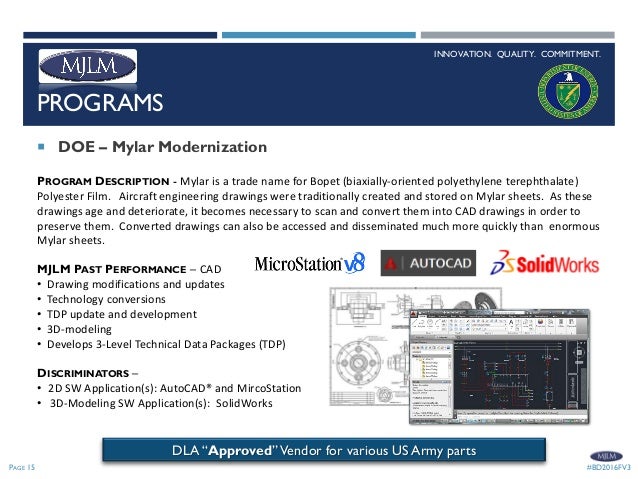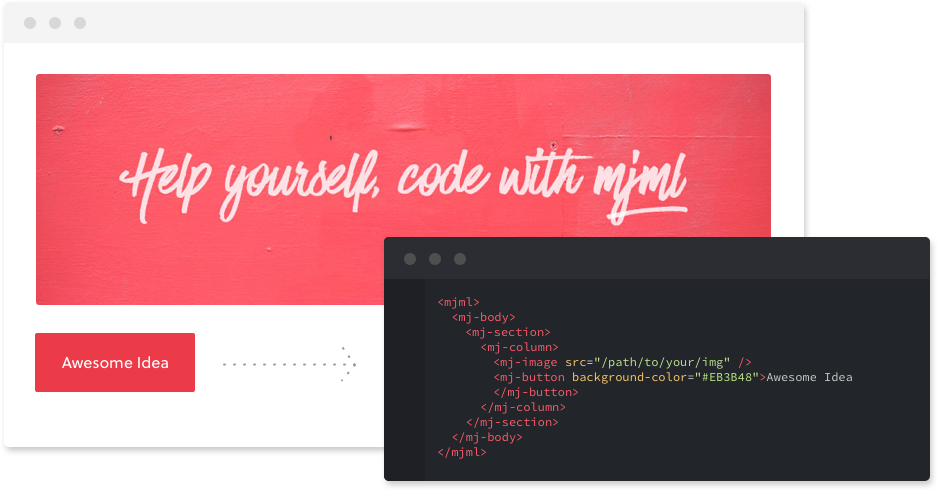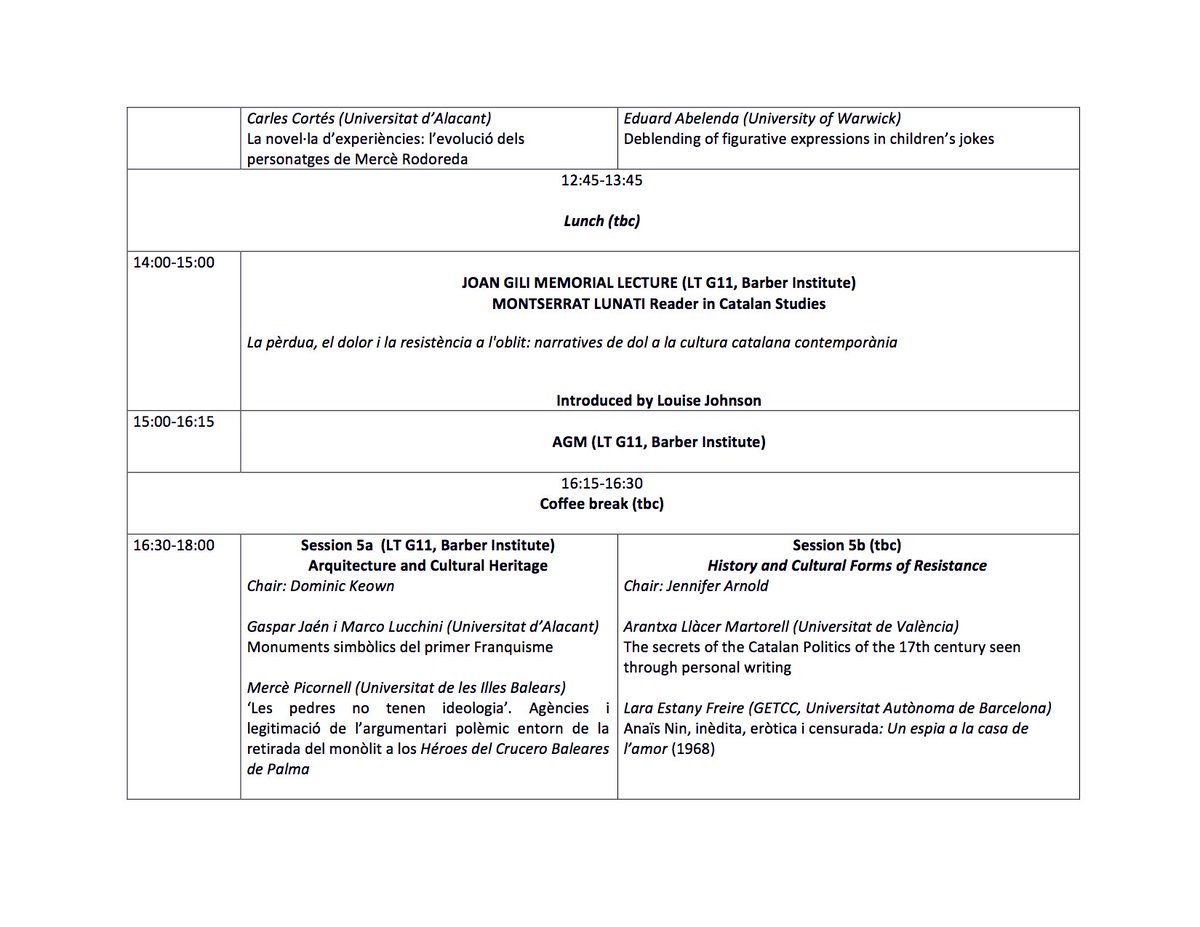

This will output the equivalent of the following MJML document: npm i -save mjml-dynamic mjmlĬonst mjml = await readFile('template.mjml') Ĭonst ) mjml file programmatically, by manipulating the XML (JSON) structure programmatically (so no need for manual escaping or worries about XSS/injection), and I created a module mjml-dynamic to solve this problem. I will deliver a pixel-perfect guided mjml template ready to upload to MJML, with commented HTML mark-up, tested in all the latest email browsers and. I came up with a technique that allows rendering parts of a.

To do so, simply create a template in drag and drop, import a MJML file (that you can edit with the MJML editor or in drag and drop), or import a HTML file. However, it's easy to create your own templates that will then appear under 'My templates'. Some email clients will just strip the head of your HTML file, including media queries, which is why inline styles are heavily recommended.
#Mjml template how to
Rendering from JSON is already supported by MJML, but only rendering the whole document (not parts of the document.) You cannot add your own templates to the default Mailjet gallery. 18 Email Templates For Web Designers And Developers How To Improve Your Email Workflow With Modular Design Then, while email clients render HTML, many of them have very limited support of it. If you want to use the 1st party tooling, you can download and use the NPM MJML ( package to convert MJML documents to HTML documents. It turns out that MJML is just simple XML and maps quite well to JSON. After you have created your MJML template, you’ll need to go through a compilation step to convert that MJML template into a valid HTML document for email clients to render.

Having gone through the same process of trying to find the best way to add dynamic content to my MJML files while still being able to preview the templates using existing tooling, initially I just used handlebars, but after adding more complex content structures it started to get messy.


 0 kommentar(er)
0 kommentar(er)
